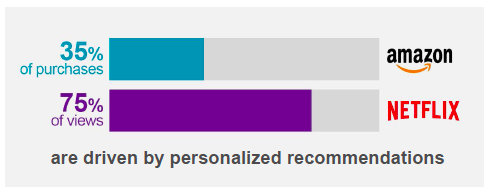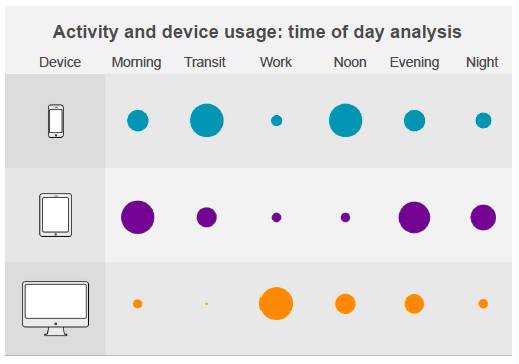Personalization has long been a topic of conversation within technology and media circles, but the intensity of that discourse has ramped up in recent years due to the rise of social media.
“The users have voted by going to Facebook for their news,” said Nick Denton, the founder and CEO of Gawker Media Group. “Personalization may be the biggest issue in online media today.”
Last week, over 60 attendees gathered at Gawker’s new HQ in Downtown Manhattan to hear from a select panel of executives whose companies are each grappling with the challenges and opportunities around “personalization.” Joining Nick on stage was our own Adam Singolda, founder and CEO of Taboola; Ian Fette, CTO at Gawker Media Group; and Daniel Doubrovkine, CTO at Artsy.
While computer engineers have been experimenting with forms of “machine learning” since the 90s, Adam remarked that the these projects are becoming more important as companies uncover new applications that drive tangible results. For example, a report from McKinsey & Company found that 35% of purchases on Amazon and 75% of views on Netflix are driven by personalized recommendations.

As companies pursue new opportunities to personalize the user experience, Daniel emphasized the importance of applying predictive technologies in a way that expands preferences versus narrowing them. For example, although his team at Artsy found that many users often prefer canvases of a certain color (e.g. “you like green paintings”), such a feature actually detracts from the user experience. Instead, personalization should be a way of helping people discover new things they may like that are just outside the boundary of what they already know.
When testing personalized features with Artsy’s user base, Daniel remarked that he and his team were surprised to learn that the same personalized results can elicit different responses, depending on the context. Artsy’s in-house tests found that users were much more engaged with personalized recommendations that were delivered in email communications, while on-site users preferred to have an editorial or guided feed of recommendations. He noted that these specific user responses could of course vary for online publishers or retailers, but the situational logic holds true.

Source: Enders Analysis (March 2014)
As our experience of the web becomes increasingly fragmented, the wide-ranging conversation underscored the importance of context to any successful personalization effort. Personalization used to be solely about identifying a person’s particular interests or preferences. But as people access the web in a proliferating number of ways, the process will have to evolve, adapting to whichever of our many online “personas” we are currently inhabiting, and matching people with a properly tailored version of the web, in real-time.
https://twitter.com/briandaitken/status/649373731882708992
Publishers provide value to users but users should also provide value to pubs. How to find balance? @Gawker @taboola #digitalmedia #adblock
— Melody Han (@melodyhan) October 1, 2015
https://twitter.com/melodyhahm/status/649363136743636996